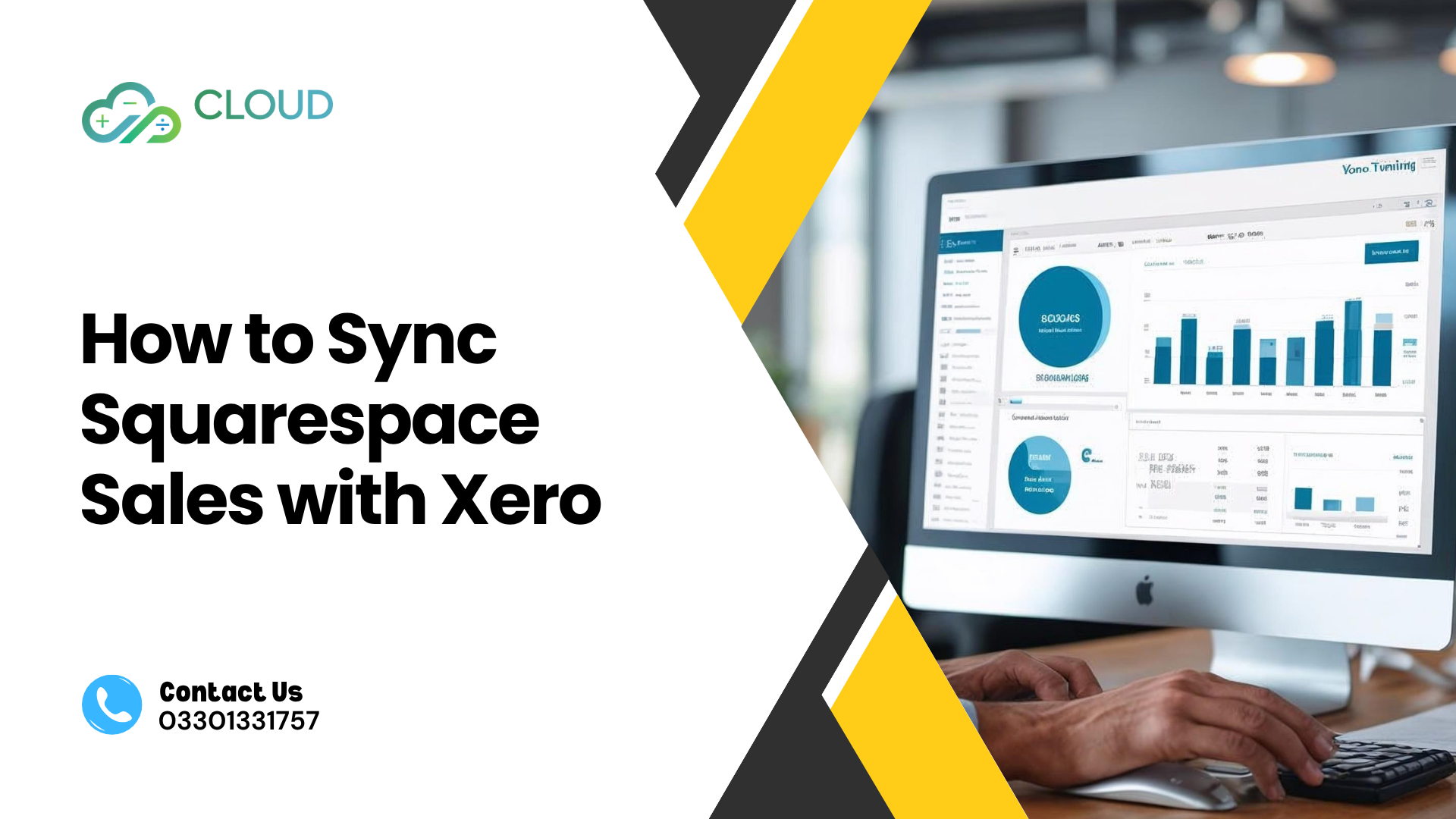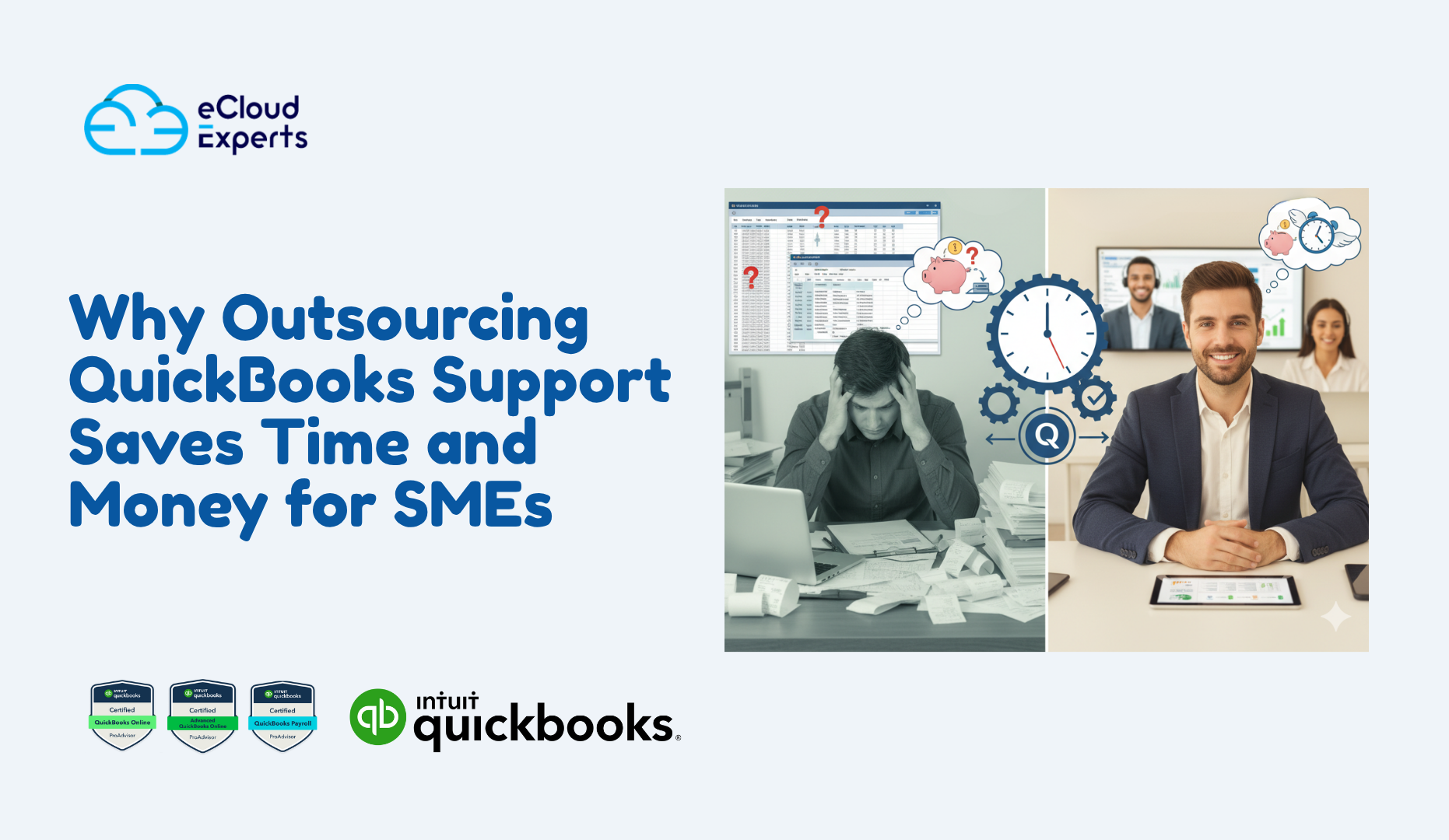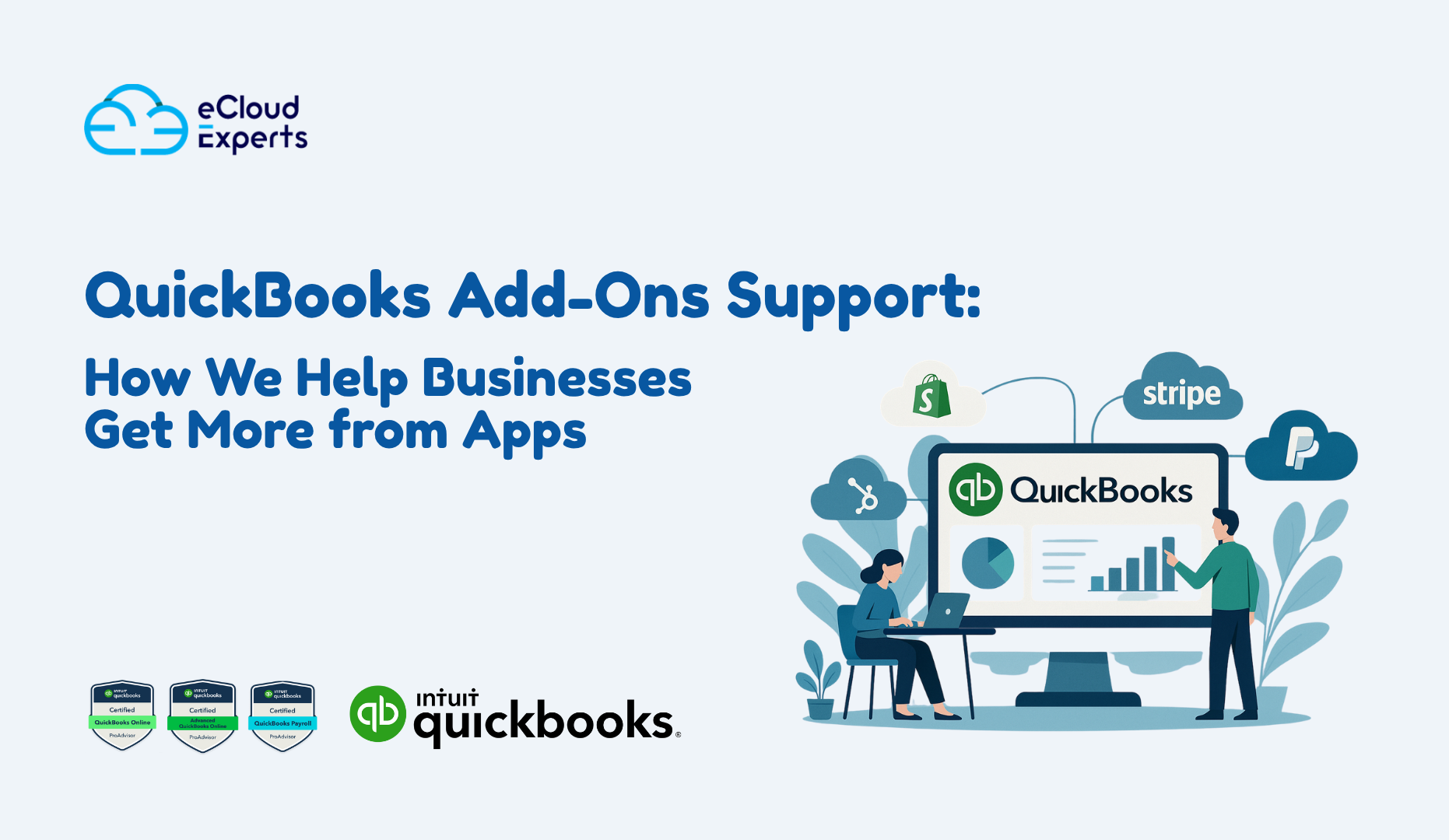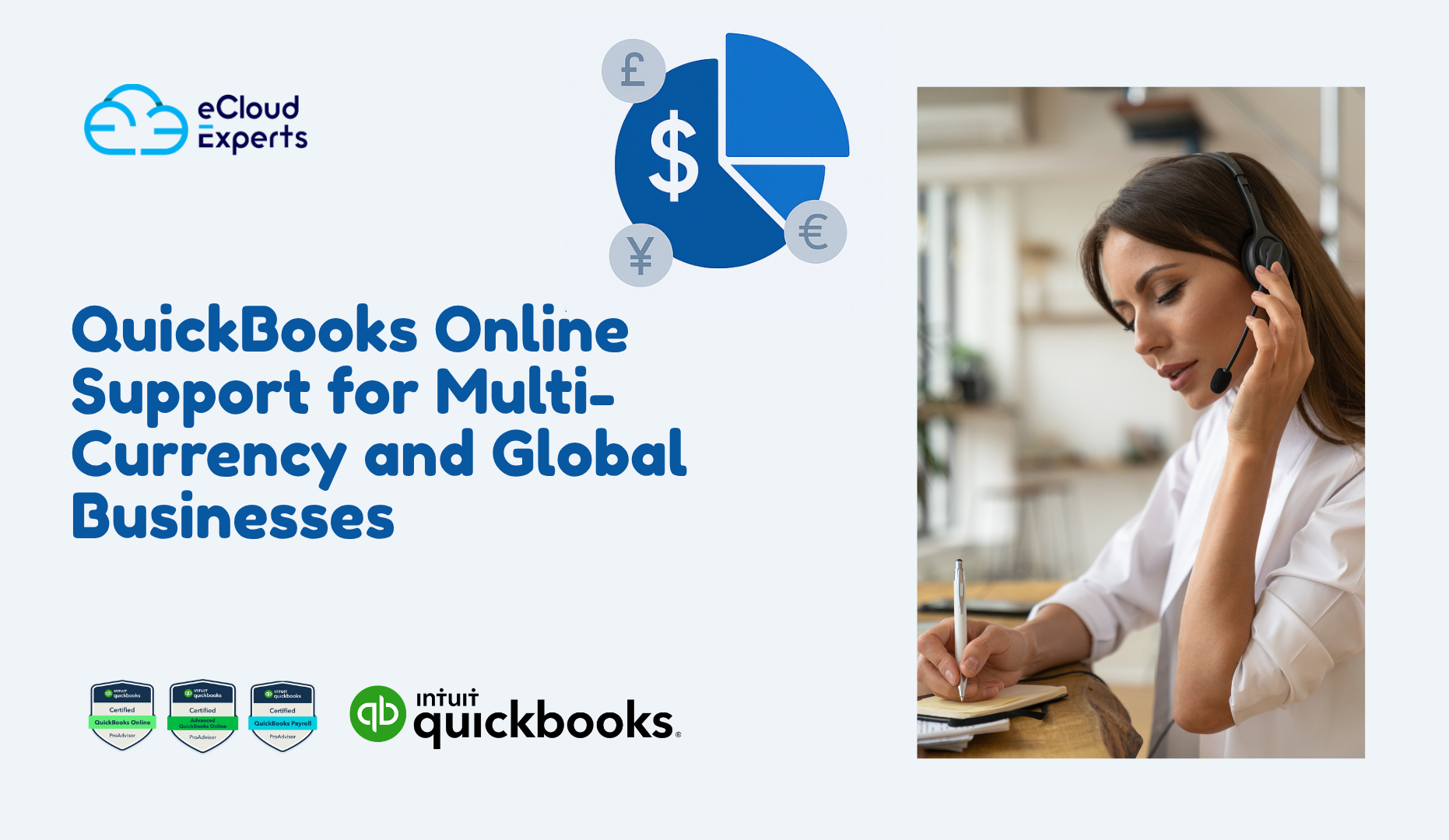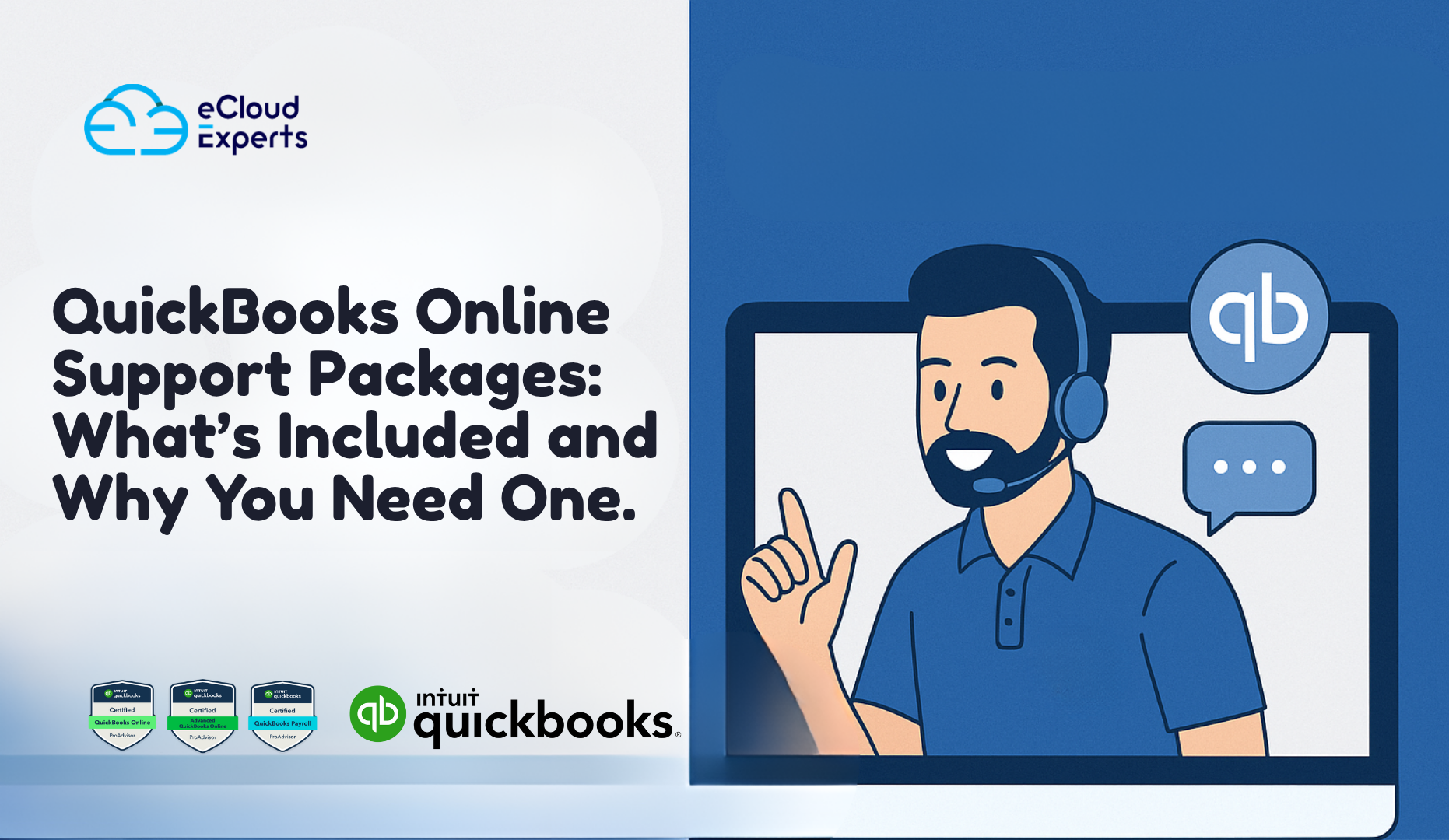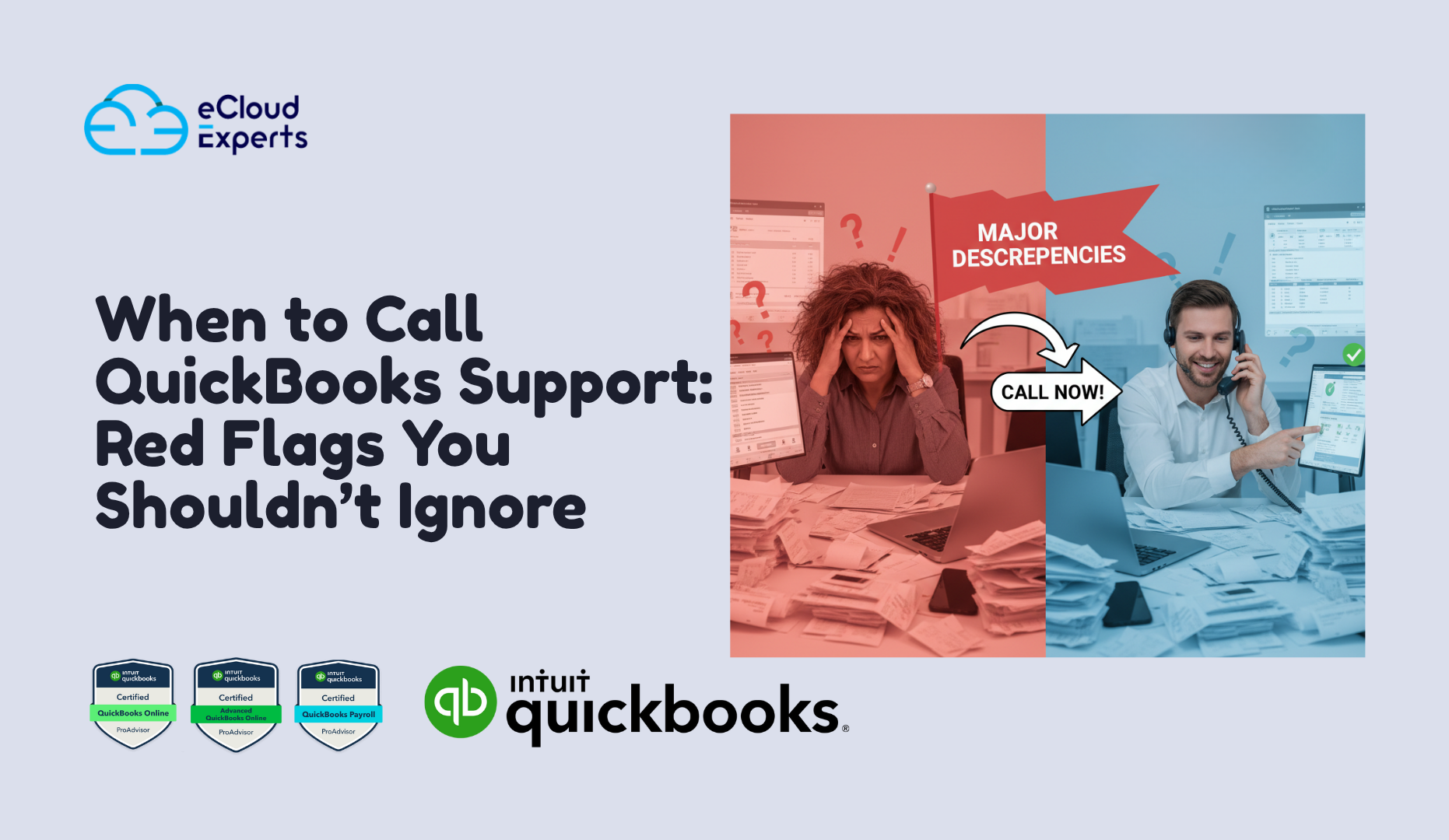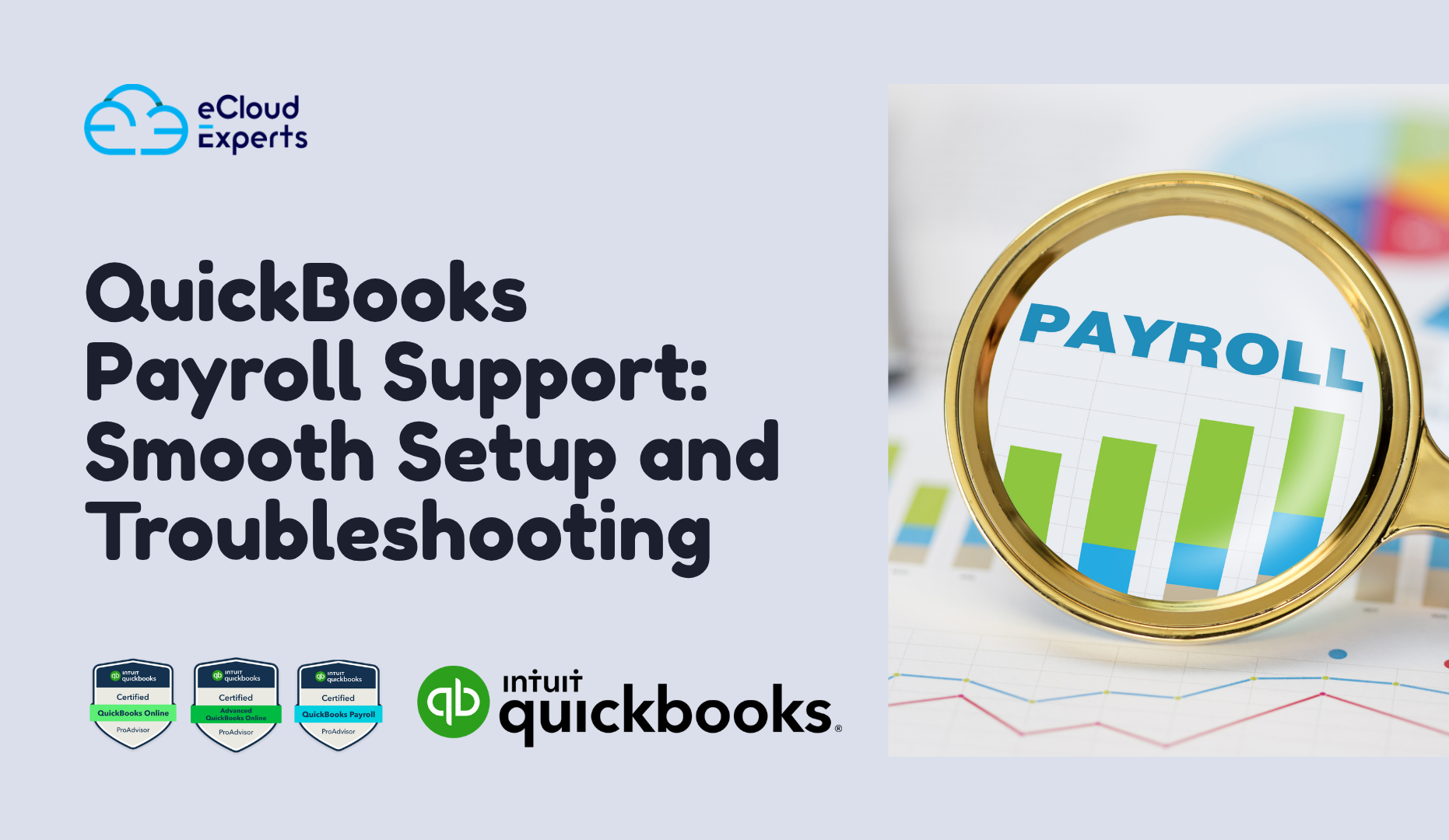SaaS businesses are built differently and so is the way they manage money.
You’re not tracking inventory. You’re tracking subscriptions.
You’re not just counting sales. You’re forecasting recurring revenue.
And you’re not closing one-off deals. You’re managing a customer lifecycle.
If you’re in the SaaS world, you already know this. But what many founders, operators, and even finance teams struggle with is this: accounting for a SaaS business is not plug-and-play.
It requires a different mindset, smarter tools, and a little training to really get right.
In this blog, we’ll break down:
- The key principles of SaaS accounting
- Why SaaS accounting training is so valuable
- And how to implement best practices that give you better insights, stronger compliance, and a lot less stress
Let’s get into it.
Why SaaS Accounting is Unique
Traditional businesses track products and services as they’re delivered. For SaaS companies, your revenue model is based on subscriptions, recurring billing, and deferred revenue—which means your accounting processes need to reflect that.
Here are the core challenges we see most SaaS founders face:
- Recognizing revenue correctly (especially across monthly or annual plans)
- Managing upgrades, downgrades, cancellations, and refunds
- Handling deferred revenue and accruals
- Forecasting cash flow when billing cycles don’t match usage
- Navigating tax obligations across countries or states (hello, SaaS tax compliance!)
If you’re trying to track all this in spreadsheets or using software that wasn’t built for subscription-based accounting, it’s only a matter of time before things break down.
That’s where purpose-built SaaS financial management comes in.
Key Accounting Principles for SaaS Businesses
If you take away one thing from this post, let it be this: cash received is not always revenue earned.
SaaS businesses must follow accrual-based accounting to stay compliant and accurately reflect performance.
Here’s a breakdown of the most important concepts to understand:
1. Revenue Recognition
Let’s say a customer signs up for an annual plan and pays you £1,200 upfront.
You can’t record all that revenue immediately.
According to accounting standards (like ASC 606 or IFRS 15), you must recognize the revenue as it’s earned—typically over the 12-month service period.
Pro Tip: Use tools like Xero, QuickBooks Online with add-ons like SaaSOptics or Chargebee for accurate SaaS revenue tracking.
2. Deferred Revenue
The portion of prepaid revenue you haven’t earned yet goes on your balance sheet as liability, not income.
It’s critical to manage this correctly to avoid overstating your profitability.
3. Churn and Customer Lifetime Value (LTV)
Accounting isn’t just for taxes—it’s a decision-making tool.
Tracking churn (how many customers cancel) and calculating LTV helps you understand:
- If your pricing model is sustainable
- How long it takes to recover customer acquisition cost
- When it’s time to tweak your product or service model
4. Subscription Metrics Meet Accounting Metrics
SaaS metrics like MRR (Monthly Recurring Revenue), ARR (Annual Recurring Revenue), and CAC (Customer Acquisition Cost) must connect to your books.
That means building reports that combine customer data with accounting data—for accurate forecasting and budgeting.
Why SaaS Accounting Training Is Worth It
Let’s be honest—most business owners didn’t start a SaaS company because they love accounting. And even experienced bookkeepers can struggle with the nuances of subscription-based financials.
That’s why SaaS accounting training is such a smart investment.
Here’s how it helps:
Build Confidence in Your Numbers
Training helps your team understand how to:
- Record revenue properly
- Reconcile billing systems like Stripe or PayPal
- Track refunds, discounts, and trial periods
- Automate reporting for MRR, ARR, and churn
You get clean data, timely reports, and peace of mind.
Avoid Costly Errors
Incorrect revenue recognition or missing deferred revenue can lead to:
- Audit issues
- Inaccurate performance tracking
- Overpayment on taxes
Training reduces these risks dramatically.
Mini case study:
A SaaS startup we worked with had misclassified £25k in annual subscriptions as immediate revenue. After training and cleanup, their books were corrected, and investor confidence skyrocketed.
Save Time with Automation
Cloud tools like Xero, QuickBooks Online, and integration platforms (like A2X, SaaSOptics, or Baremetrics) can do the heavy lifting but only if you know how to use them.
Training your team unlocks the full potential of these tools.
Support Strategic Decisions
Well-trained finance teams can produce cash flow forecasts, margin reports, and budget vs. actuals that actually mean something.
So when it’s time to raise funding, hire, or launch a new product—you’re making informed decisions.
Best Practices for SaaS Financial Management
Once your team understands the “why” behind the numbers, it’s time to apply some best practices to keep your SaaS business healthy and investor-ready.
1. Automate Where You Can
Use cloud accounting tools that integrate with your billing platform.
Recommended stack:
- Xero or QBO (core accounting)
- Stripe (billing)
- A2X or SaaSOptics (revenue recognition)
- Fathom or Float (cash flow forecasting)
2. Set a Monthly Close Process
Closing your books each month is critical for spotting trends, tracking KPIs, and reporting to investors.
Build a checklist that includes:
- Reconciliation of bank and Stripe accounts
- Revenue and deferred revenue review
- Expense categorization
- SaaS metrics reporting
3. Track Metrics That Matter
Focus on metrics that give insight, not just activity:
- MRR / ARR
- Gross margin
- LTV:CAC ratio
- Churn rate
- Runway and burn rate
Use dashboards that combine financial and operational data.
4. Train Early and Often
Bring in training during onboarding, after system changes, or when scaling your team. You don’t need to be an accountant but you do need to understand the numbers behind your business.
Final Thoughts: Your Financial System Should Support Your Growth
SaaS businesses grow fast and their accounting systems need to keep up.
By investing in SaaS accounting training, setting up the right tools, and applying best practices, you’ll:
- Gain better visibility into your business
- Avoid compliance headaches
- Make smarter, faster decisions
And best of all, you’ll feel confident about your finances whether you’re talking to your team, your investors, or your accountant.
Ready to Take Control of Your SaaS Accounting?
At eCloud Experts, we specialize in helping SaaS founders and finance teams implement smarter systems, automate reporting, and learn the skills they need to grow with clarity.
Book a free consultation today, and let’s talk about training, setup, or full financial system design for your subscription business.
Because behind every great SaaS company is a solid financial foundation.

